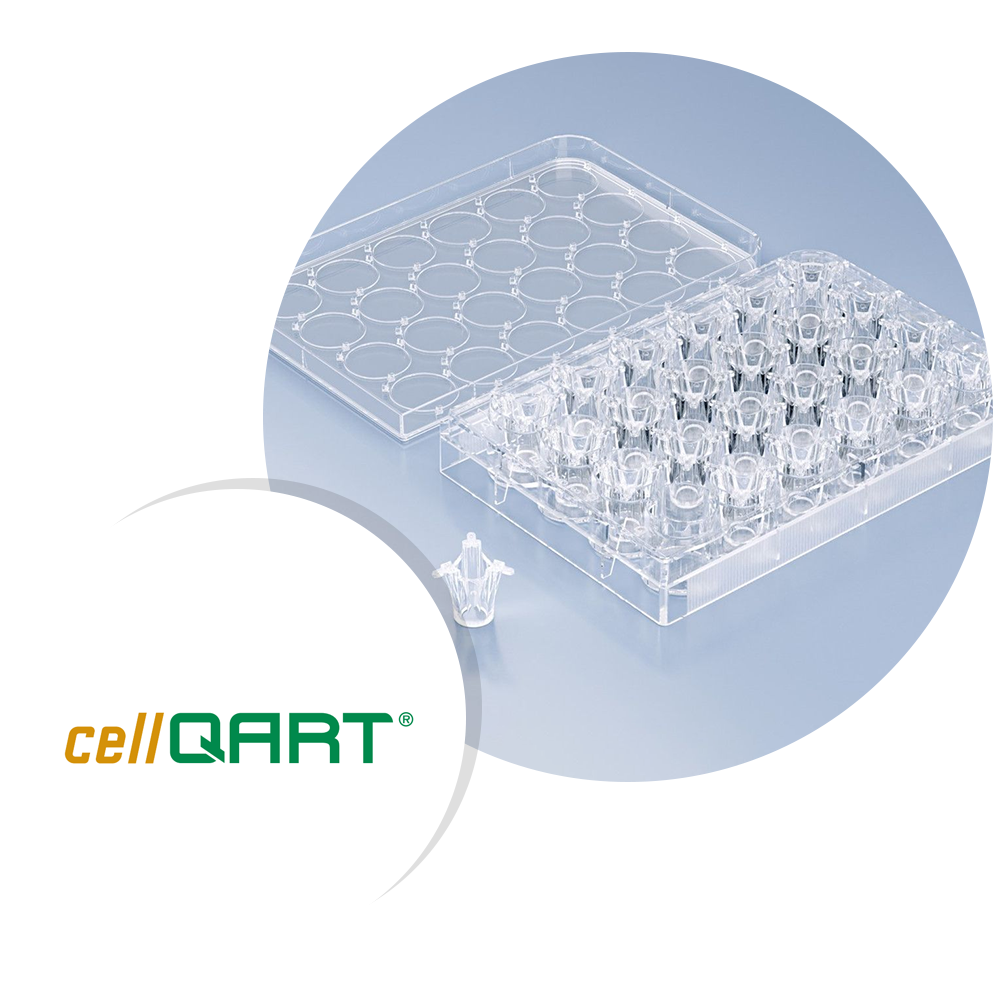What is a cell culture?
Cell culture refers to the removal of cells from an animal or plant and their subsequent growth in a favorable artificial environment. The cells may be removed from the tissue directly and disaggregated by enzymatic or mechanical means before cultivation, or they may be derived from a cell line or cell strain that has already been established.
Primary culture
Primary culture refers to the stage of the culture after the cells are isolated from the tissue and proliferated under the appropriate conditions until they occupy all of the available substrate (i.e., reach confluence). At this stage, the cells have to be subculture (i.e., passaged) by transferring them to a new vessel with fresh growth medium to provide more room for continued growth.
Cell Line
After the first subculture, the primary culture becomes known as a cell line. Cell lines derived from primary cultures have a limited life span (i.e., they are finite; see below), and as they are passaged, cells with the highest growth capacity predominate, resulting in a degree of genotypic and phenotypic uniformity in the population.
Cell strain
If a subpopulation of a cell line is positively selected from the culture by cloning or some other method, this cell line becomes a cell strain. A cell strain often acquires additional genetic changes subsequent to the initiation of the parent line.
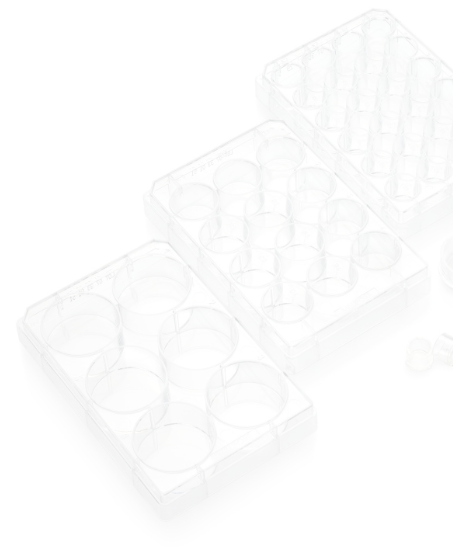
cellQART® Inserts Pre-Loaded in Well Plates
Pipet with ease and without unwanted insert movements, overlapping, and cross-contamination with the 6-well and 24-well cell culture inserts pre-loaded in well plates by cellQART®. These units provide a convenient and time-efficient solution for cell culture experiments and are available in 0.4 µm and 1 µm pore sizes.
Efficient & Convenient 6- & 24-Well Units in Various Pore Sizes on Sterlitech
Pipet with ease and without unwanted insert movements, overlapping, and cross-contamination with the 6-well and 24-well cell culture inserts pre-loaded in well plates by cellQART®. These units provide a convenient and time-efficient solution for cell culture experiments and are available in 0.4 µm and 1 µm pore sizes.
Key Features and Benefits of cellQART® Cell Culture Inserts Pre-Loaded in Well Plates
- Stable positioning and prevention of unnecessary insert movement
- Easy pipetting and quick integration into automatic workflows
- Reduced unwanted mechanical forces on cells due to insert shifting
- Tissue culture-treated, individually wrapped, and gamma-sterilized removable inserts
- Optimized gas exchange through product design
Applications
6- and 24-Well cell culture inserts pre-loaded in well plates provide researchers with independent access to both sides of a monolayer, making them vital for various applications, including:- Cell Transport
- Epithelial cell growth
- Cell Migration
- Cancer Research
- Co-Culture
Find out why many choose to use cellQART® cell culture inserts pre-loaded in well plates.

Why do cell culture experts need inserts?
First generation researchers use live animal models for research, which for the most part is now consider cruelty. Cell culture inserts, also known as permeable supports, are an essential tool for the study of both anchorage-dependent and independent cell lines.
One can use cell culture inserts to:
Create a cell culture environment that closely resembles an in vivo state
Allow polarized cells to carry out metabolic activities in a more natural manner because the cells feed both apically and basolaterally
Co-culture cells with or without cell-to-cell contact
Design a diversity of experiments using various pore sizes, membrane types, and coatings
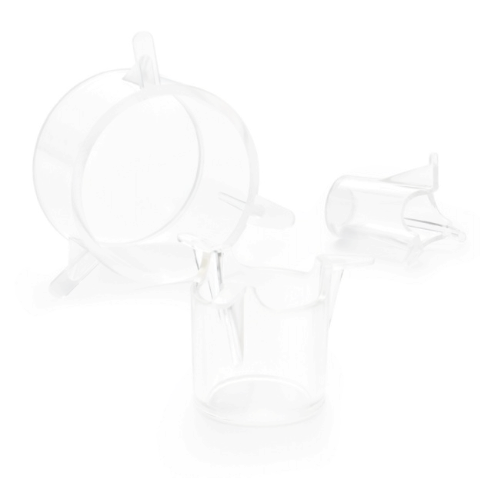

Typical Cell Culture Insert Applications
Cell Culture Inserts are convenient and easy-to-use devices for studies of both anchorage-dependent and anchorage-independent cells. These inserts provide independent access to both sides of a monolayer, thus giving researchers a versatile tool to study transport and other metabolic activities in vitro
- Cell Transport
- Growth and Differentiation
- Cell Migration
- Cancer Research
- Co-Culture
- Substance interaction between cells
- Cell Therapy
- Stem Cell
- Skin Models
- Epithelial cell growth
Which pore size is recommended for the target application?
| Cell culture insert applications | Cell type | Pore size (µm) |
|---|---|---|
| Angiogenesis | Endothelial, HMVEC, HUVEC | 3.0 |
| Co-culture | Stem, neuronal and various others | 0.4, 1.0 |
| Epithelial cell polarity | Epithelial cells | 3.0 |
| Migration |
| 3.0 |
| Invasion |
| 3.0 |
| Tissue engineering | Human skin model | 3.0 |
| Toxicity testing | Mouse fibroblasts Human lung | 3.0 0.4 |
| Transport and permeability studies | Caco-2, MDCK | 0.4, 1.0 |
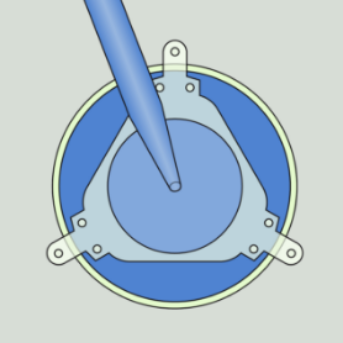
Wide window of cellQART® Cell Culture Insert for comfortable pipetting access.
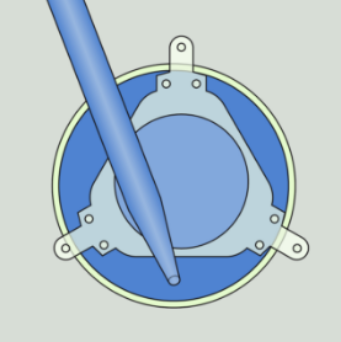
Asymetric positioning of cellQART® Cell Culture Inserts...
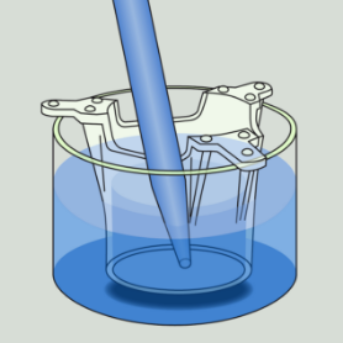
...for comfortable pipetting access to the cultivation vessel.
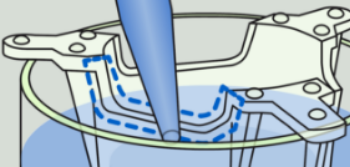
Lowered top edge for better pippetting access to the cultivation vessel.
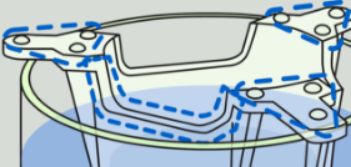
Lowered top edge and embossed spots on arms for better gas exchange.
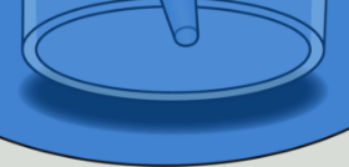
≥ 1 mm space between cellQART® Cell Culture Inserts and bottom of cultivation vessel.
What are the different characteristics of membranes commonly used?
PET (Polyester or Polyethylene Terephthalate)
Membrane optic:
Clear PET inserts permit sufficient optical transparency for visualization of cell outlines by phase contrast microscopy.
Translucent PET membranes have a high pore density, which allows maximum diffusion of materials between the insert and receiver plate.
Surface treatments:
All membranes are TC treated in general
Create a more natural environment for your cells
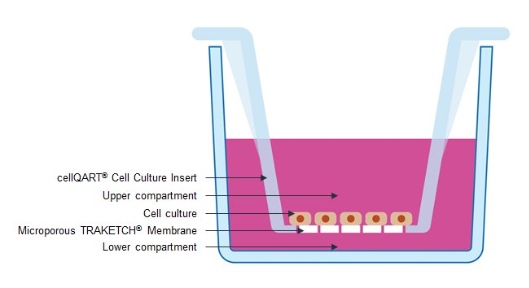
The unique, self-centered hand design of cellQART® inserts prevents medium wicking between the insert and outer well.
The design also permits access to the lower compartment through windows in the insert wall, as well as undamaged co-culturing of cells in the lower compartment.
Culture conditions vary widely for each cell type, but the artificial environment in which the cells are cultured invariably consists of a suitable vessel containing a substrate or medium that supplies the essential nutrients (amino acids, carbohydrates, vitamins, minerals), growth factors, hormones, and gases (O2, CO2), and regulates the physiochemical milieu (pH, osmotic pressure, temperature).
Application use case of InSCREENeX
InSCREENeX generated immortalised airway epithelial cells representing the upper (nasal epithelial cells) and the lower (bronchial and alveolar epithelial cells) respiratory tract. They describe the culture of immortalised airway cells at the air-liquid interface on cellQART® permeable membranes in the application report which could be downloaded right here. Additionally, InSCREENeX used the cell culture models to develop a differentiation medium for the alveolar cells, which reduced the time needed to form a tight barrier 2-fold. This can be a useful in vitro airway model for infection research, drug development and respiratory toxicology.
Advantages using cellQART® Inserts
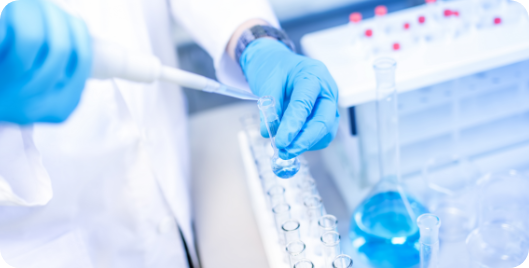
Ease of use by convenient pipette access (patented design since 2011)
Cell culture inserts with tracketch filter membranes are used for a variety of cell and tissue culture applications. They have a functional, patented design (US 9,139,804 B2) for easy handling when pipetting media into the wells, without the need to remove the cell culture inserts.
Optimized gas exchange by product design
A well-balanced interaction of ergonomics, appearance, functionality, technology and ecology is very important to us. Only the interdisciplinary cooperation between expert divisions guarantees a customer-focused realization of ideas.
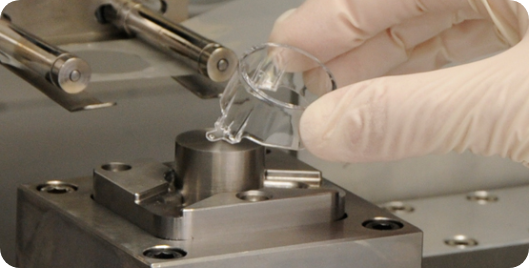
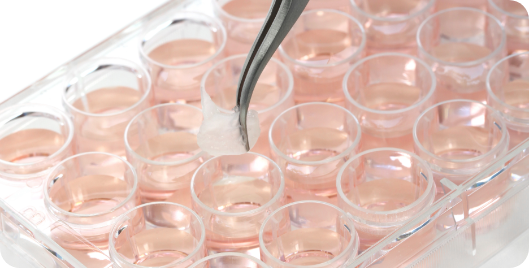
Compatible to standard well-plates
The inserts are hanging in the wells of cell culture plates by means of three “arms”. The production is carried out in ISO class 8 clean rooms and the used TRAKETCH® membrane is USP class VI-certified and thus biocompatible.
Industry leading quality standards to ensure membrane parameter consistency
SABEU is familiar with all common sterilization methods and will help you select the suitable method for your product.
.png)
Cell Culture Inserts PET

TC treated

Gamma sterilized
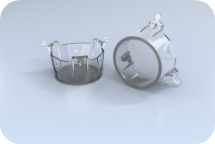
6-Well Cell Culture Inserts
with 4.5 cm2 growth area

| SKU | Dish Type | Membrane Optic | Pore Size (µm) |
|---|---|---|---|
| 9300402 | 6-Well Inserts | Translucent | 0.4 |
| 9301002 | 6-Well Inserts | Translucent | 1 |
| 9303002 | 6-Well Inserts | Translucent | 3 |
| 9305002 | 6-Well Inserts | Translucent | 5 |
| 9308002 | 6-Well Inserts | Translucent | 8 |
| 9300412 | 6-Well Inserts | Clear | 0.4 |
| 9301012 | 6-Well Inserts | Clear | 1 |
| 9303012 | 6-Well Inserts | Clear | 3 |
| 9305012 | 6-Well Inserts | Clear | 5 |
| 9308012 | 6-Well Inserts | Clear | 8 |
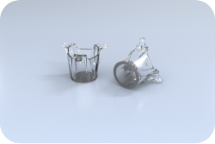
12-Well Cell Culture Inserts
with 1.1 cm2 growth area

| SKU | Dish Type | Membrane Optic | Pore Size (µm) |
|---|---|---|---|
| 9310402 | 12-Well Inserts | Translucent | 0.4 |
| 9311002 | 12-Well Inserts | Translucent | 1 |
| 9313002 | 12-Well Inserts | Translucent | 3 |
| 9315002 | 12-Well Inserts | Translucent | 5 |
| 9318002 | 12-Well Inserts | Translucent | 8 |
| 9310412 | 12-Well Inserts | Clear | 0.4 |
| 9311012 | 12-Well Inserts | Clear | 1 |
| 9313012 | 12-Well Inserts | Clear | 3 |
| 9315012 | 12-Well Inserts | Clear | 5 |
| 9318012 | 12-Well Inserts | Clear | 8 |
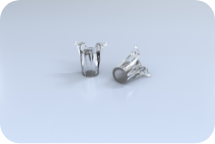
24-Well Cell Culture Inserts
with 0.3 cm2 growth area

| SKU | Dish Type | Membrane Optic | Pore Size (µm) |
|---|---|---|---|
| 9320402 | 24-Well Inserts | Translucent | 0.4 |
| 9321002 | 24-Well Inserts | Translucent | 1 |
| 9323002 | 24-Well Inserts | Translucent | 3 |
| 9325002 | 24-Well Inserts | Translucent | 5 |
| 9328002 | 24-Well Inserts | Translucent | 8 |
| 9320412 | 24-Well Inserts | Clear | 0.4 |
| 9321012 | 24-Well Inserts | Clear | 1 |
| 9323012 | 24-Well Inserts | Clear | 3 |
| 9325012 | 24-Well Inserts | Clear | 5 |
| 9328012 | 24-Well Inserts | Clear | 8 |




